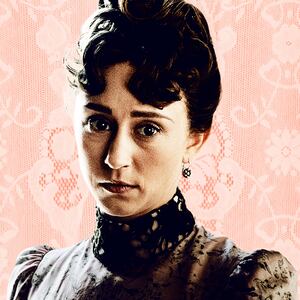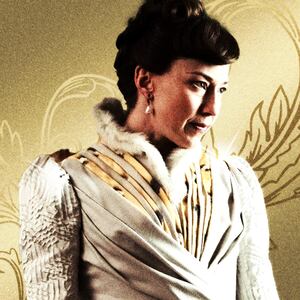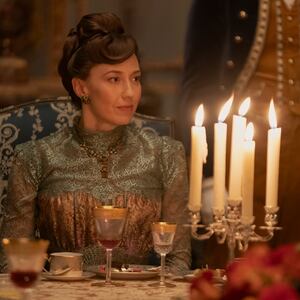Season 3 of The Gilded Age just delivered what may be its most devastating moment yet: a wedding.
Not just any wedding, but one that, as fans have been shocked to learn, was inspired by a real-life union pulled straight from the glittering—and ruthless—records of American high society.
In Episode 4, “Marriage Is a Gamble,” Gladys Russell (Taissa Farmiga), the young and sheltered daughter of railroad tycoons George (Morgan Spector) and Bertha Russell (Carrie Coon), marries Hector Vere, the 5th Duke of Buckingham.
On the surface, it’s a grand affair: the dress is breathtaking; the venue is opulent; and the guest list is filled with all of New York’s social elite.
But for Gladys, it’s not a celebration. It’s a sentence.
Despite her father’s earlier promise that she could marry for love, Gladys becomes yet another pawn in her mother Bertha’s (Carrie Coon) relentless pursuit of status— a sacrifice offered up in exchange for an aristocratic title. As she walks down the aisle, she breaks down in tears.
The storyline, though fictional, echoes a very real chapter in Gilded Age history—the forced marriage of Consuelo Vanderbilt, an American heiress whose union to British nobility became one of the era’s most infamous examples of the cruelty inflicted on women in a marriage of convenience.
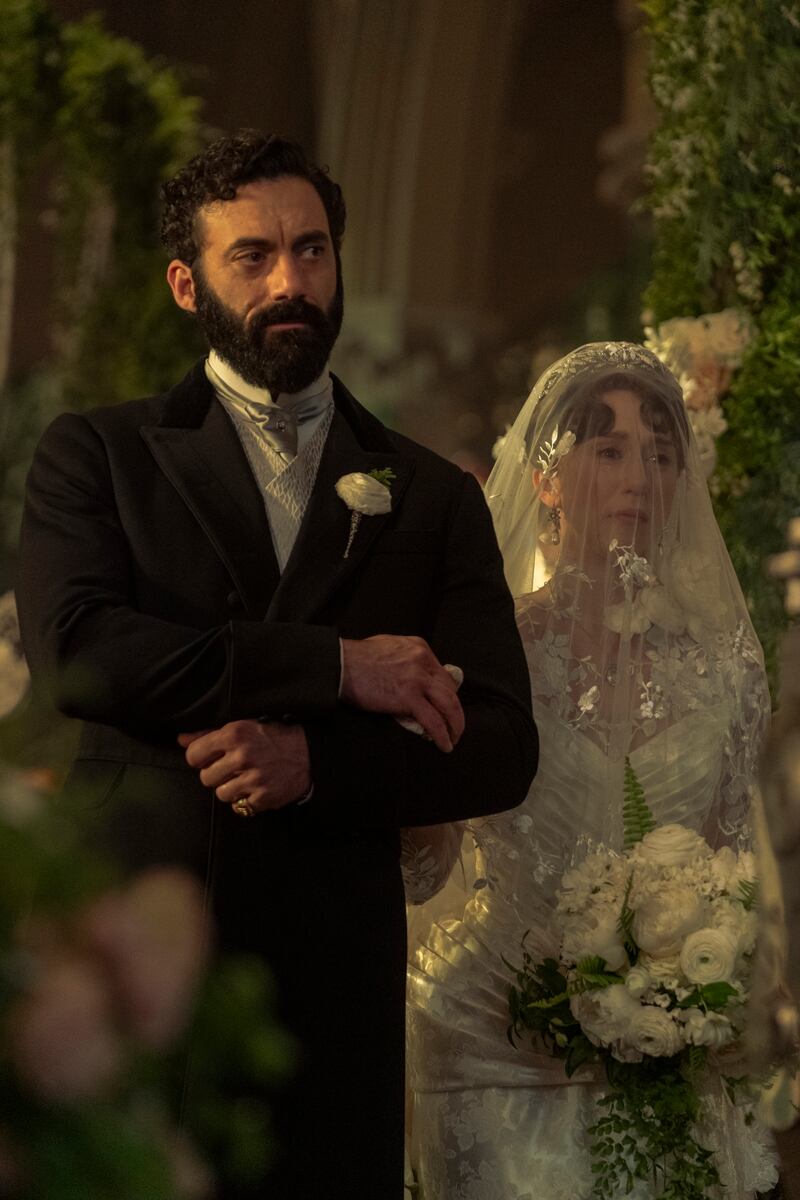
The Life and Marriage of Consuelo Vanderbilt
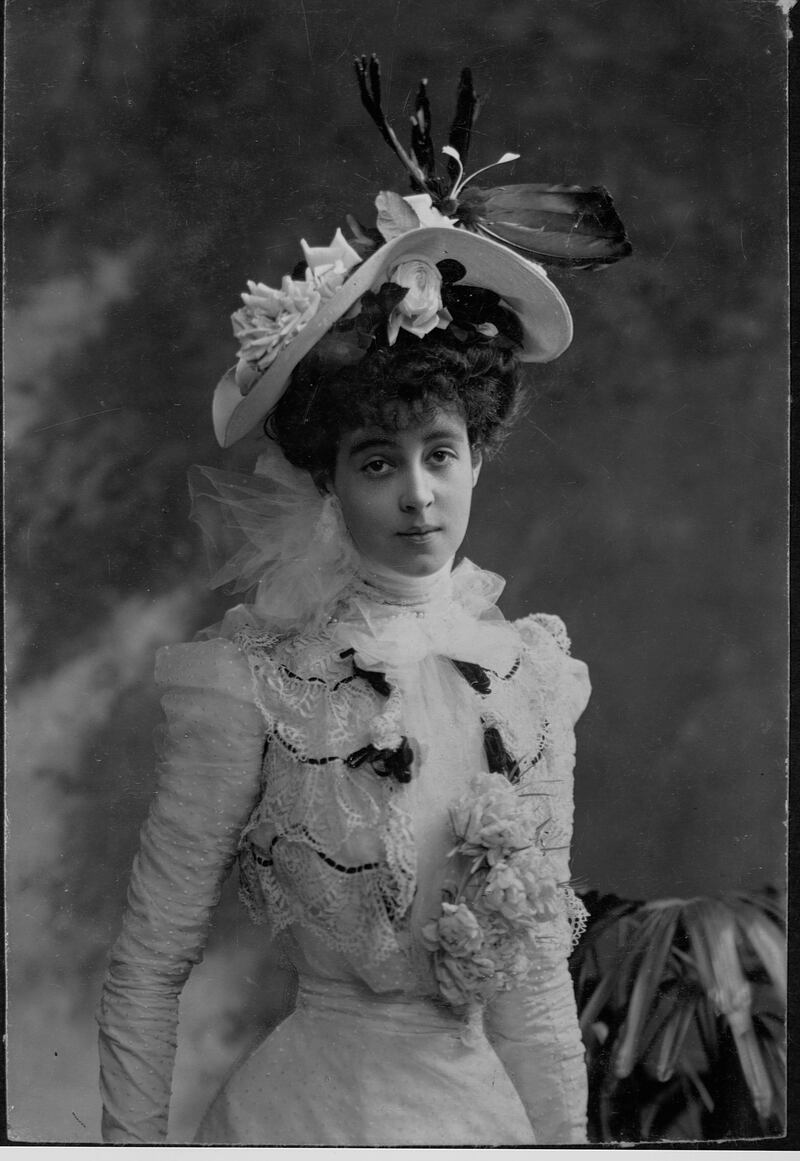
Consuelo Vanderbilt was born in 1877 to William Kissam Vanderbilt and Alva Vanderbilt, members of the powerful Vanderbilt dynasty. The Vanderbilts rose to prominence in the era thanks to their dominance in the railroad industry.
(Sound familiar? It should. It’s basically the story of the Russell family.)
Like Gladys, Consuelo dreamed of marrying for love. She was in a relationship with her childhood sweetheart, Winthrop Rutherford, when her mother set her sights on something grander: a noble title.
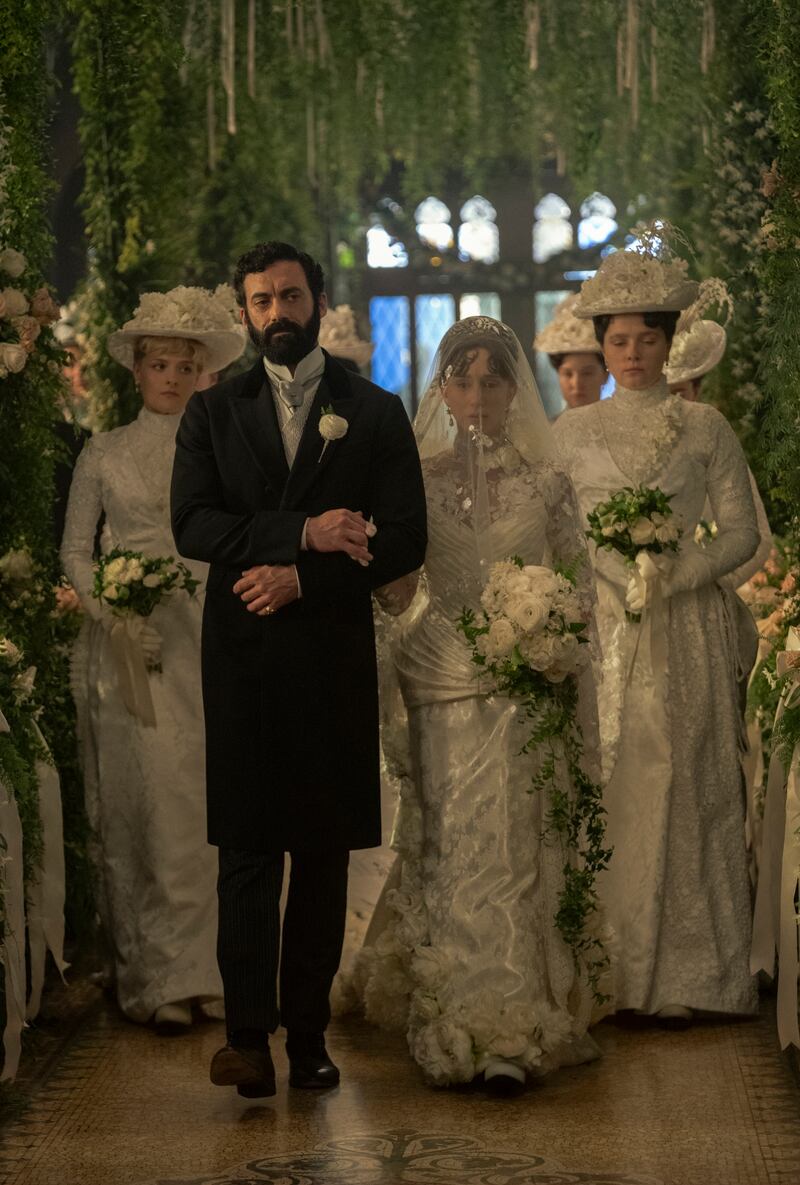
During a Europe trip, Alva met Charles Spencer-Churchill, the 9th Duke of Marlborough—a man with an aristocratic lineage and an estate deep in debt. And so, a deal was struck: Consuelo’s hand in exchange for a nice chunk of the Vanderbilt wealth.
Consuelo resisted the union. In her memoir The Glitter and the Gold, she described the outcome of her defiance against Alva.
“I considered I had a right to choose my own husband. These words, the bravest I have ever uttered, brought down a frightful storm of protest. I suffered every searing reproach, heard every possible invective hurled at the man I love,” she wrote.

When pleading didn’t work, Alva resorted to force. Consuelo attempted to elope with Winthrop, but was caught, returned home, and locked in her room until the wedding.
On her wedding day in 1895, Consuelo wept as she walked down the aisle.
Her distress was so apparent that Life magazine ran a cartoon the next day showing her bound in chains at the altar, with her mother standing behind her, holding the shackles.

Ironically, the press dubbed their marriage as “the wedding of the century.” But even during an era, when marriages of convenience were fairly common, people saw it as a tragedy.
The Gilded Horror
Just like the attendee’s reaction to Consuelo’s forced marriage, The Gilded Age viewers were just as horrified for poor Gladys.
“No, funny quips this week on The Gilded Age, just sad for poor Gladys,” a TikToker wrote.
On Instagram, a viewer posted about how sad they were for season one Gladys, who, at the time, was full of hope about her future.
Another user posted a video of their reaction to the episode, writing: “GOT ME CRYING OUT HERE 😭."
The next episodes of the series chronicle how unhappy Gladys’ life is in England. A real cheer-fest.


